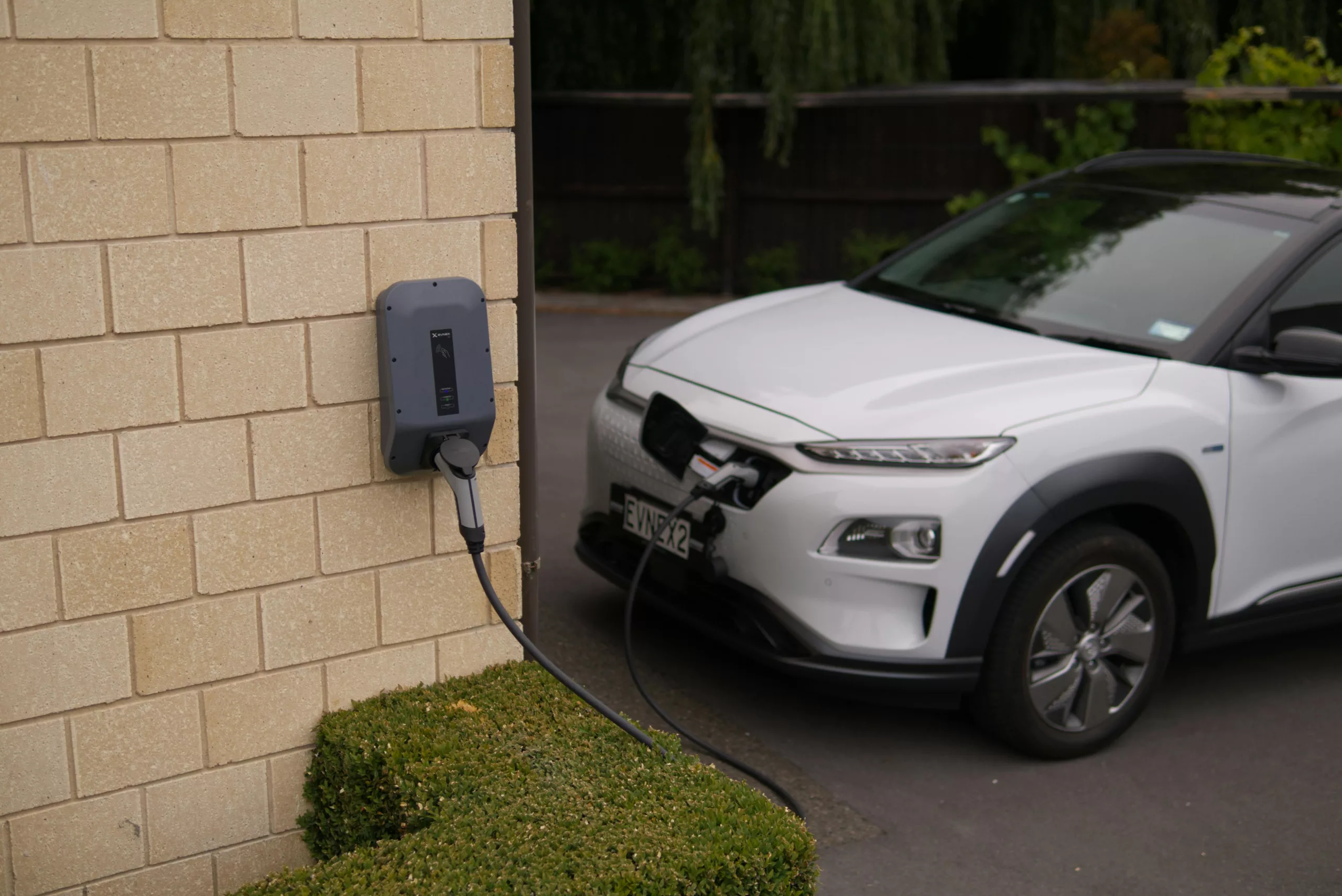As we look toward a future with more electric vehicles (EVs) on the road, understanding the charging infrastructure that will support them is key. Studies conducted by the National Renewable Energy Laboratory shed light on the anticipated trends in EV charging by the year 2030. Notably, it’s understood that the majority of EV charging will occur at home, with predictions indicating that Level 1 and Level 2 charging methods will cater to approximately 80% of these needs.
The Shift Towards Home Charging Solutions
For the 33 million EVs expected to be cruising our highways by 2030, reliable and efficient charging options will be integral. The comfort and convenience of home charging make it an attractive option for many, leading to an estimation that a significant 64% of all EV charging will happen at individual residences, utilizing Level 1 and Level 2 charging systems.
Defining the Levels of Charging
Understanding the distinction between the various levels of EV charging is important for both current and future EV owners:
- Level 1 Charging: This type refers to the 120v AC charging from a standard U.S. household outlet, which offers an accessible entry point for many EV owners to charge their vehicles at home.
- Level 2 Charging: Level 2 charging ramps up the power to 240v AC, akin to the supply for a home electric dryer. This enables faster charging times compared to Level 1.
- DC Fast Charging: This is defined as charging at rates of 150kW or higher, designed for much quicker charging periods compared to Level 1 or Level 2 options.
It’s worth noting that the study’s scenarios have not incorporated low power DC charging, such as 50 kW systems, based on the assumption that future EV technology will favor faster charging capabilities and that EV batteries will be able to handle peak power of at least 150 kW.
The Role of DC Fast Charging Infrastructure
While home charging options are anticipated to be the mainstay, DC fast charging infrastructure is also expected to play a critical role in fulfilling about 20% of EV charging needs. This reflects the importance of a comprehensive network of charging stations capable of delivering quick energy top-ups, particularly for long-distance travel and for EV drivers without access to Level 1 or Level 2 charging at home.
Future developments in the electric vehicle sector will continue to evolve around the needs of consumers and the capabilities of technology, ensuring that adequate infrastructure will be in place to support the growing shift to electric mobility.
